Mike Nelson, An Invocation: Five Hundred and Thirty Books from Southend Central Library, 2013

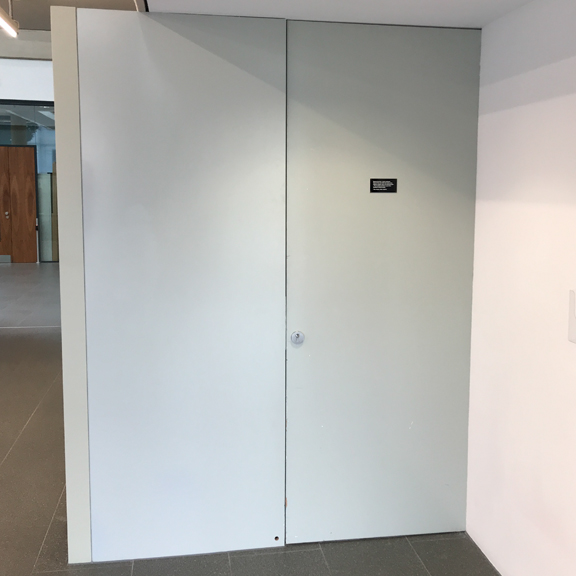

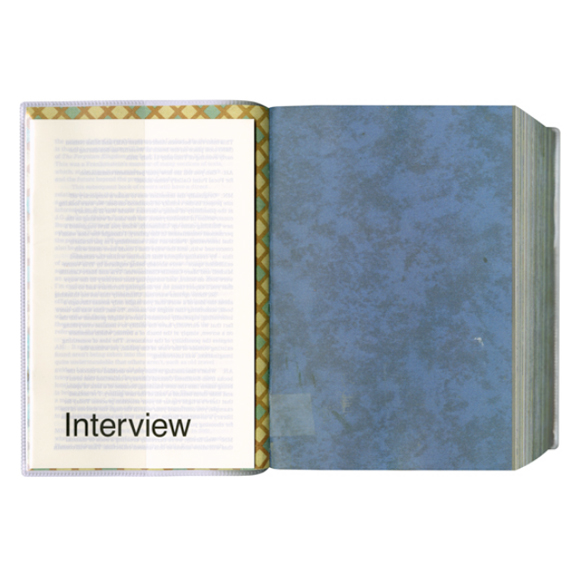
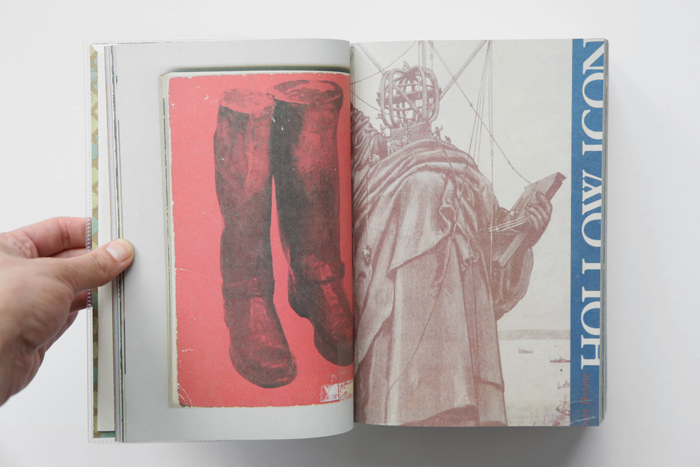
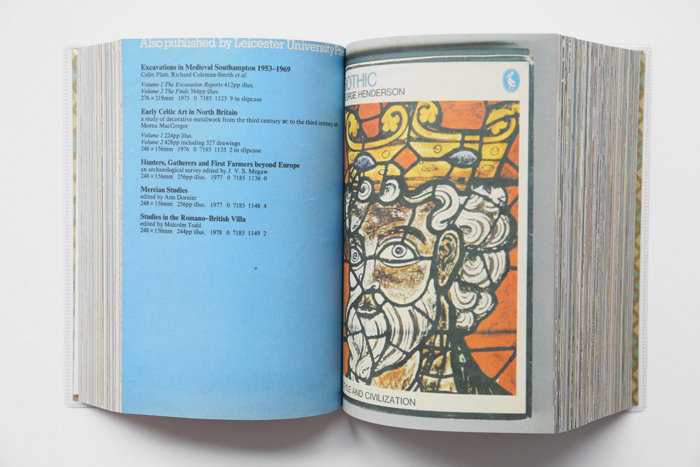
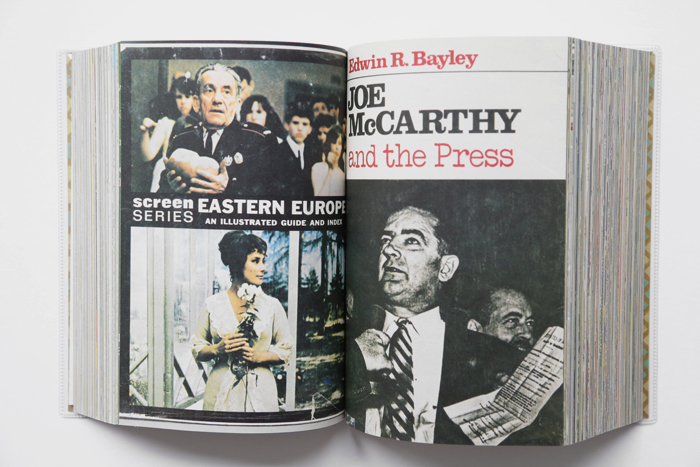
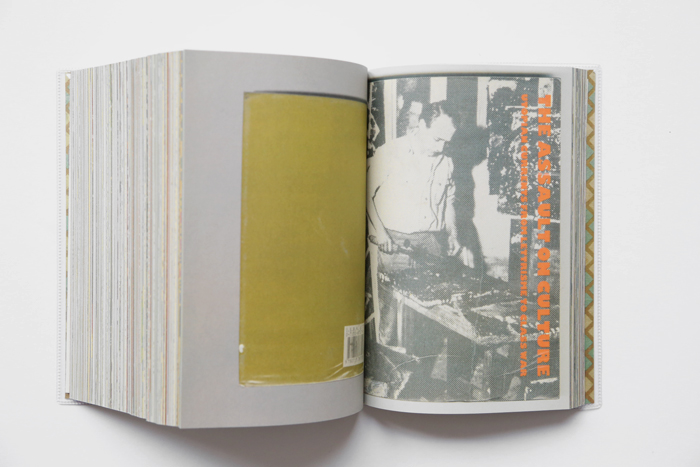

The
Century of Artists’ Books, 2004) classifies books that are not created with
form as the fictions that are realised as forms. This is a conceptual gesture,
one that returns the reader to the book as an object and a space of potential
rather than as a vehicle for limited exposition or particular representation.
There are conceptual works that come into being only in book form, which serves
as their record and their embodiment.
Mike Nelson’s An Invocation: Five Hundred and Thirty Books Southend Central Library (2013) is a permanent commission installed at the contemporary Focal Point Gallery (FPG) in Southend-on-Sea, England; it has reversed the usual spectacular tropes of public monuments.1 The artist inserted a carefully-selected series of publications into a cavity within the new gallery’s wall to create a work that references the ideological setting within which each building was created. It connects local historical reference points within literature (seafaring and pirate utopias, for example) and it reveals global art historical associations between conceptualism, de-materialization and science fiction.2 His project aims to save knowledge in an age of public asset-stripping – due to austerity, Southend Public Library, a Victorian styled building, was demolished to enable the erection of a modern space that would also house the city’s contemporary art gallery. His site visits focus on the redundant stock of the old library building, which became a surprisingly effective way of creating a dialogue during the problematic loss of local and global knowledge and history in FPG’s move from one building to another from a different era.3 Within the context of a hidden installation of saved books, Nelson effectively created a politically-motivated time capsule within the walls of the new institution and performed a critical spectre of the utopian in a tragic age of economic restriction through its ability to reanimate fictional and nonfictional signifiers of the old library’s stock. The selection of books is truly a feast that includes The Island of Doctor Moreau (1960) by H.G. Wells, Round the Moon (1967) by Verne Jules, The Trial (1973) by Orson Welles, and Art Povera Conceptual, Actual or Impossible Art (1969) edited by Germano Celant, to name a few.4 Of course no one will ever see the copies of these books in the installation. Rather, gallery visitors see a small black plaque that refers to Nelson’s installation (see Figure above)5. The plaque refers to two things: one, the permanent installation that is locked away in the dark cavities of the gallery space and, two, the gallery’s bookshop.
The second incarnation of Nelson’s project comes in the form of a single published book, An Invocation: Five Hundred and Thirty Books from Southend Central Library (see Figures above). It contains the covers of the 530 books Nelson selected and rescued that are forever hidden (until the building is dismantled). When asked to describe the installation, Nelson said that the book is the installation. When asked whether the book is a proxy or a documentation, Nelson was assertive in saying that the book is the exhibition.6 Andrew Hunt explains that the publication expands, facilitates and empowers the collection of redundant books by distributing them virtually, beyond the immediate surroundings of their physical primary embodiment, within the structure of the building’s interior space.7 The plaque only refers to the hidden installation. In this way, Nelson’s publication performs a myriad of associations and it allows room for interpretation by museum patrons. Its portable status means that every time a user or viewer looks through it, there is a sense of comfort and discomfort that this material actually exists, at least until the first edition of a thousand runs out.8 With consideration of conceptual artwork documentations and from my personal experience from rare artist books collections, first edition, out-of-print books are a commodity only the privileged are able to view under regulations. It is interesting that although Nelson’s book, like many publications, was established as an attempt to distribute information through a disappearing form of communication and to encapsulate printed matter’s alternative existence as a stimulated medium; when they are sold out, their rarity places them away from people’s reach.9
Mike Nelson’s An Invocation: Five Hundred and Thirty Books Southend Central Library (2013) is a permanent commission installed at the contemporary Focal Point Gallery (FPG) in Southend-on-Sea, England; it has reversed the usual spectacular tropes of public monuments.1 The artist inserted a carefully-selected series of publications into a cavity within the new gallery’s wall to create a work that references the ideological setting within which each building was created. It connects local historical reference points within literature (seafaring and pirate utopias, for example) and it reveals global art historical associations between conceptualism, de-materialization and science fiction.2 His project aims to save knowledge in an age of public asset-stripping – due to austerity, Southend Public Library, a Victorian styled building, was demolished to enable the erection of a modern space that would also house the city’s contemporary art gallery. His site visits focus on the redundant stock of the old library building, which became a surprisingly effective way of creating a dialogue during the problematic loss of local and global knowledge and history in FPG’s move from one building to another from a different era.3 Within the context of a hidden installation of saved books, Nelson effectively created a politically-motivated time capsule within the walls of the new institution and performed a critical spectre of the utopian in a tragic age of economic restriction through its ability to reanimate fictional and nonfictional signifiers of the old library’s stock. The selection of books is truly a feast that includes The Island of Doctor Moreau (1960) by H.G. Wells, Round the Moon (1967) by Verne Jules, The Trial (1973) by Orson Welles, and Art Povera Conceptual, Actual or Impossible Art (1969) edited by Germano Celant, to name a few.4 Of course no one will ever see the copies of these books in the installation. Rather, gallery visitors see a small black plaque that refers to Nelson’s installation (see Figure above)5. The plaque refers to two things: one, the permanent installation that is locked away in the dark cavities of the gallery space and, two, the gallery’s bookshop.
The second incarnation of Nelson’s project comes in the form of a single published book, An Invocation: Five Hundred and Thirty Books from Southend Central Library (see Figures above). It contains the covers of the 530 books Nelson selected and rescued that are forever hidden (until the building is dismantled). When asked to describe the installation, Nelson said that the book is the installation. When asked whether the book is a proxy or a documentation, Nelson was assertive in saying that the book is the exhibition.6 Andrew Hunt explains that the publication expands, facilitates and empowers the collection of redundant books by distributing them virtually, beyond the immediate surroundings of their physical primary embodiment, within the structure of the building’s interior space.7 The plaque only refers to the hidden installation. In this way, Nelson’s publication performs a myriad of associations and it allows room for interpretation by museum patrons. Its portable status means that every time a user or viewer looks through it, there is a sense of comfort and discomfort that this material actually exists, at least until the first edition of a thousand runs out.8 With consideration of conceptual artwork documentations and from my personal experience from rare artist books collections, first edition, out-of-print books are a commodity only the privileged are able to view under regulations. It is interesting that although Nelson’s book, like many publications, was established as an attempt to distribute information through a disappearing form of communication and to encapsulate printed matter’s alternative existence as a stimulated medium; when they are sold out, their rarity places them away from people’s reach.9
The format of the book is also a celebration. Designed by Fraser
Muggeridge, the 1056-page book contains a structure of sequential narrative.
Scans of all 530 books in their scale are printed methodologically, arranged,
trimmed down to 220cm by 150cm, and bound in perfect glue binding. Nelson
strategically placed the scans of the front cover and back covers in a system
by printing the covers and arranging them.10 Publication is forefront
in Nelson’s work and he delightfully presented me with a sold-out copy of his
former book The Forgotten Kingdom (2001), which is an exhibition in its
own right.11 InThe Forgotten Kingdom, Nelson has methodologically arranged works of
literature in a book using a novel form. In the middle of the book, there are
black and white photos of the exhibitions that are used to document the
exhibition. In the publication of An Invocation, Nelson was quick to
dismiss the documentation aspect, claiming that it is one of the books that is
not documentative.12This may be because the publication is not a direct
representation but rather a translation. The images of the covers allow the
reader to imagine the books—to judge or know the books by their covers.
The texts and the histories of the books’ design react to suggest multiple interpretations, histories or commentaries. In essence, Nelson was interested in determining how the publication material might justify itself to the local community, rather than simply designing it as a standard piece of static public:
1. Nelson began working on an offsite for an old military bunker nearby Shoeburyness. Nelson is not concerned with Public Art. Mike Nelson, An Invocation: Five hundred and thirty books from Southend Central Library (Southend: Focal Point Gallery, 2013), front pamphlet on slipcase.
2. Andrew Hunt, “Focal Point Gallery: A New Institutional Model?” Architecture and Culture 4, No. 1 (2016): 96.
3. Ibid.
4. This book has 530 cover titles, to see list of all cover titles please see its Index pamphlet. Mike Nelson, An Invocation: Five hundred and thirty books from Southend Central Library, back pamphlet on slipcase. 5. On my site visit to the gallery, I was asked if I wanted to see the installation. Unfortunately, the new employee didn’t understand Nelson’s work. By that time, I was focused less on seeing the installation. I remember seeing photos of the exhibition from a talk by Fraser Muggeridge in 2014.
6. Mike Nelson, Interview.
7. Andrew Hunt, “Focal Point Gallery,” 100.
8. This book is printed in an edition 1000. 300 copies are still available to purchase and no plans to reprint. Haley Dixon from Focal Point Gallery, email correspondence, September 20, 2019.
9. Karel Marten’s Printed Matter is on its fourth edition, to be realized in 2020. Roma Publication, Instagram post, September 14, 2019. Sara Cywnar’s The Kitsch Encyclopedia, printed in 2013 is sold out and if possible is priced at USD $100–$200. Sonel Breslav, Founder of Blonde Art Books and Director of Fairs and Editions at Printed Matter Inc., Email correspondence, September 26, 2019.
10. Mike Nelson, Interview.
11. The Forgotten Kingdom was a publication printed for ICA’s The Forgotten Kingdom exhibition in 2001, London. Ibid.
12. Ibid.
13. Andrew Hunt, “Focal Point Gallery,” 99.
The texts and the histories of the books’ design react to suggest multiple interpretations, histories or commentaries. In essence, Nelson was interested in determining how the publication material might justify itself to the local community, rather than simply designing it as a standard piece of static public:
There’s a given imaginative space that traditional Conceptual work refers to, a standard perception of something that exists in a space beyond. Although this is still relevant, it’s an accepted mode of production, and we need to steal away from this with another idea of what invisibility can do. I hope this book will open something up beyond that accepted formula. The work becomes like a cipher into something you can’t see.13
1. Nelson began working on an offsite for an old military bunker nearby Shoeburyness. Nelson is not concerned with Public Art. Mike Nelson, An Invocation: Five hundred and thirty books from Southend Central Library (Southend: Focal Point Gallery, 2013), front pamphlet on slipcase.
2. Andrew Hunt, “Focal Point Gallery: A New Institutional Model?” Architecture and Culture 4, No. 1 (2016): 96.
3. Ibid.
4. This book has 530 cover titles, to see list of all cover titles please see its Index pamphlet. Mike Nelson, An Invocation: Five hundred and thirty books from Southend Central Library, back pamphlet on slipcase. 5. On my site visit to the gallery, I was asked if I wanted to see the installation. Unfortunately, the new employee didn’t understand Nelson’s work. By that time, I was focused less on seeing the installation. I remember seeing photos of the exhibition from a talk by Fraser Muggeridge in 2014.
6. Mike Nelson, Interview.
7. Andrew Hunt, “Focal Point Gallery,” 100.
8. This book is printed in an edition 1000. 300 copies are still available to purchase and no plans to reprint. Haley Dixon from Focal Point Gallery, email correspondence, September 20, 2019.
9. Karel Marten’s Printed Matter is on its fourth edition, to be realized in 2020. Roma Publication, Instagram post, September 14, 2019. Sara Cywnar’s The Kitsch Encyclopedia, printed in 2013 is sold out and if possible is priced at USD $100–$200. Sonel Breslav, Founder of Blonde Art Books and Director of Fairs and Editions at Printed Matter Inc., Email correspondence, September 26, 2019.
10. Mike Nelson, Interview.
11. The Forgotten Kingdom was a publication printed for ICA’s The Forgotten Kingdom exhibition in 2001, London. Ibid.
12. Ibid.
13. Andrew Hunt, “Focal Point Gallery,” 99.